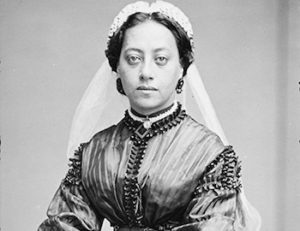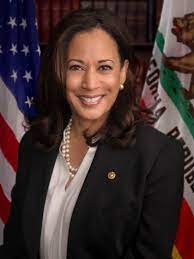HERstory: A Timeline of Events for Women and Finance
- Novi Wealth Partners

- Mar 31, 2021
- 4 min read
Updated: Mar 3
Whether it’s the pandemic, politics, or women breaking glass ceilings, it seems to feel like we wake up to see that we are living yet another day, week, or month for the history books. As we celebrate the women currently breaking through those ceilings, let’s not forget the women who have gotten us here.
In 1809, Mary Kies invented a method of weaving straw with silk and thread for hats which became such a fashion sensation that it started a bonnet manufacturing boom in New England and earned Kies a patent, signed by President Madison and became the first American woman to ever have a patent in her own name.
In 1825, Rebecca Lukens inherited Brandywine Iron. This made Lukens the first woman to lead an industrial company in the United States. During her tenure, she brought Brandywine Iron out of debt by navigating through the Panic of 1837. She further anticipated the changes in the steel industry at the time successfully laying the groundwork for it to be a Fortune 500 company later.
Fast forward fourteen years, in 1839 Mississippi passed the Married Women’s Property Act. This prompted a wave of similar legislation across other states, strengthening women’s claims to financial independence.
In 1852, a veteran of the Underground Railroad named Mary Ellen Pleasant arrived in San Francisco. She used her knowledge she had learned from working in men’s eating clubs to use her wealth and power to fund abolitionism, lawsuits over streetcar segregation, and supported the city’s emerging Black leaders.

Maggie Lena Walker initiated a new and more progressive century for women. In 1903, she opened the St. Luke Penny Savings Bank in Virginia. This made her the first woman to charter a bank in the United States. Walker was also the leader of the Independent Order of St. Luke Fraternal organization for African Americans. Her work benefited Black consumers, entrepreneurs, and homeowners across the region.

Throughout the 1910s, Annie Tumbo Malone and Sarah Breedlove’s competition as cosmetic moguls created thousands of jobs for women as they each built a beauty and hair product empire. It also made the two women among the wealthiest self-made women and African Americans.
Jumping to 1933, President Franklin D. Roosevelt appointed Frances Perfins as the United States Labor Secretary. While in the role, she not only made history as the first woman in any presidential cabinet position but was a key architect behind the Social Security Act and Fair Labor Standards.
1960s & 1970s
The 1960s and 1970s proved to be very momentous for the Women’s Movement. Throughout the decade of the 1960s various legal cases were won in favor of women getting their own bank accounts. This led to Justice Ruth Bader Ginsburg winning a case for women to not only have a bank account, but to have one without permission from their husband in the early 1970s.
President Lyndon B. Johnson signed Executive Order 11375 in 1967, prohibiting sex discrimination in the United States Federal Workforces and government contractors. During the same decade, Muriel Siebert became the first woman to own a seat on the New York Stock Exchange.
In 1974 the Equal Credit Opportunity Act was passed; making it unlawful for creditors to discriminate against applicants based on distinctions like sex and marital status.
Further, in back-to-back years of 1977 and 1978 Juanita Kreps became the first woman Secretary of Commerce and the Pregnancy Discrimination Act became law.

The 2000s
In 2009, the Lilly Ledbetter Fair Pay Act was signed by a newly inaugurated President Obama. The act eased a statute of limitations on when sexual discrimination as a lawsuit can be brought against a company. President Obama also appointed Ursula Burns to the Export Council and to lead the White House National STEM initiative.
The 2010-2021
Janet Yellen made history twice in the past seven years. In 2014, she became the first woman to serve as the Chair of the U.S. Federal Reserve. Most recently, she became a part of President Biden’s already history-making cabinet, as the first woman to serve as the Treasury Secretary.
Kamala Harris became the first woman and woman of color to be elected to the office of the Vice President in November 2020. She was previously the District Attorney of San Francisco, the California Attorney General, and a U.S. Senator representing California. She earned her undergraduate degree from Howard University and her law degree from the University of California Hastings College of Law.
Fortune 500 Companies in the Now

Fortune 500 companies are slowly gaining more CEOs that are women. Recently, the number of women who run a Fortune 500 company has jumped to 41. While that is only roughly eight percent, it’s a new record high. Further, the number of women in C-Suite positions have grown four percent between 2015 and 2020.
As we celebrate this Women’s History Month, we remember all the women in this timeline, those in the history books, those who are not, and, above all, the women of Novi Wealth Partners who have paved their own ways.


















